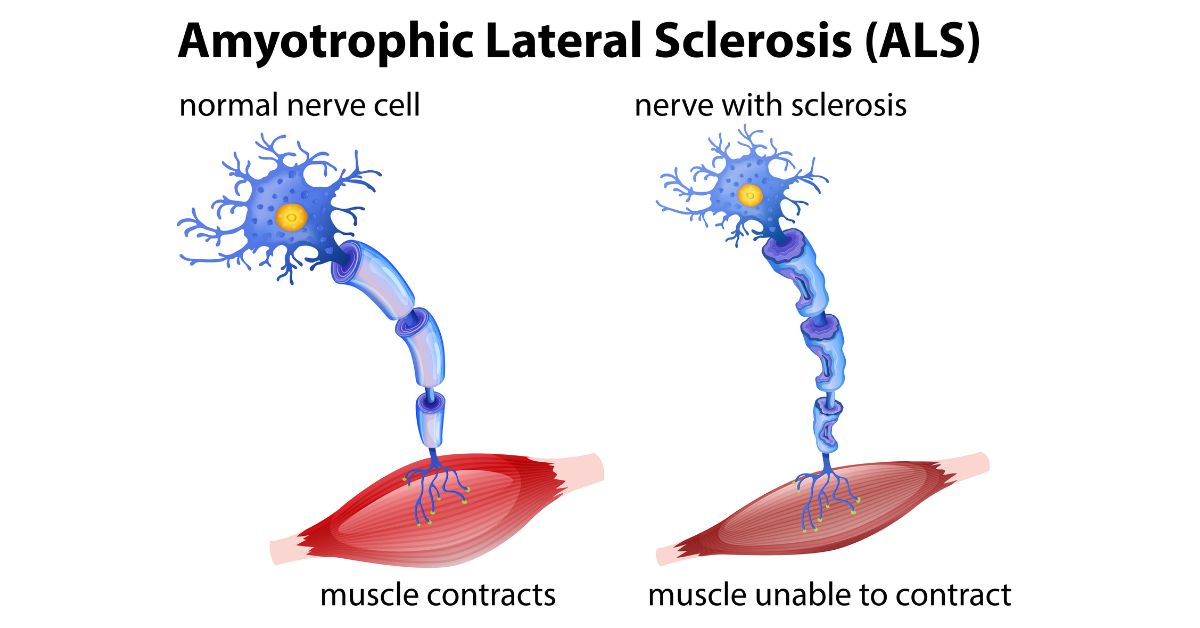
We’ve known about telomeres for over 80 years, but these small protective structures at the ends of chromosomes keep giving us new information like they might have functions we didn’t expect.
These important biological parts can make proteins, which was thought impossible because they are so simple.
Even though we don’t know what these proteins might do yet, their existence is important.
Telomeres store our genes and are a very important part of our bodies. As we age, our telomeres lose their ability to protect our cells, which can cause cell death and damage. Because these important structures are working in a way we didn’t know about before, many different things could happen.
Telomeres and Amyotrophic Lateral Sclerosis

A molecule of RNA linked to amyotrophic lateral sclerosis was found, which led to the discovery (of ALS). Researchers noticed that this RNA molecule linked to ALS was very similar to the one made by telomeres. This is important because proteins are what make the body work.
Researchers wondered if the RNA molecule in telomeres and the RNA molecule linked to ALS might have the same way of making proteins.
After more research, they came to the answer “Yes.”
Observations

“Sometimes, scientists haven’t been able to combine observations from two very different fields,” says molecular biologist Jack Griffith from the University of North Carolina at Chapel Hill. “That’s what we did.”
“Finding out that telomeres code for two new signaling proteins will change how we think about cancer, how we age, and how cells talk to each other.”
Through an experiment, the team showed that telomere DNA could tell cells to make VR (valine-arginine) and GL, two signaling proteins (glycine-leucine). Then, these proteins could send messages for biological functions that affect the health of the body.
Further research showed that VR is found in higher amounts in some human cancer cells and the cells of people with inflammatory bowel disease and other diseases linked to faulty telomeres.
It shows what these proteins might do, and experts could also use them to check the health of cells.
Taghreed Al-Turki, the study’s lead author and a molecular biologist at UNC at Chapel Hill, says, “We think it’s possible that as we age, the amount of VR and GL in our blood will steadily rise. This could be a new biomarker for biological age instead of chronological age.”
“We think that inflammation may also cause these proteins to be made.”
More research is needed to figure out how these proteins might affect cell metabolism and how they might cause inflammation. Still, it’s an interesting new area of study to look into.
“We still need to answer many questions, but right now, our top priority is making a simple blood test for these proteins,” says Griffith. “This could tell us how old we are biologically and alert us to problems like cancer or inflammation.”
The study has been written up in PNAS.









